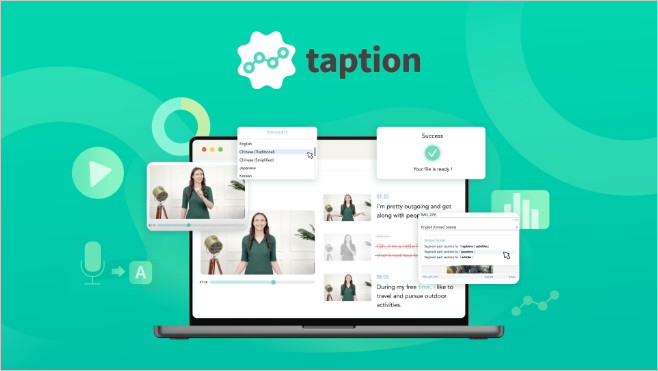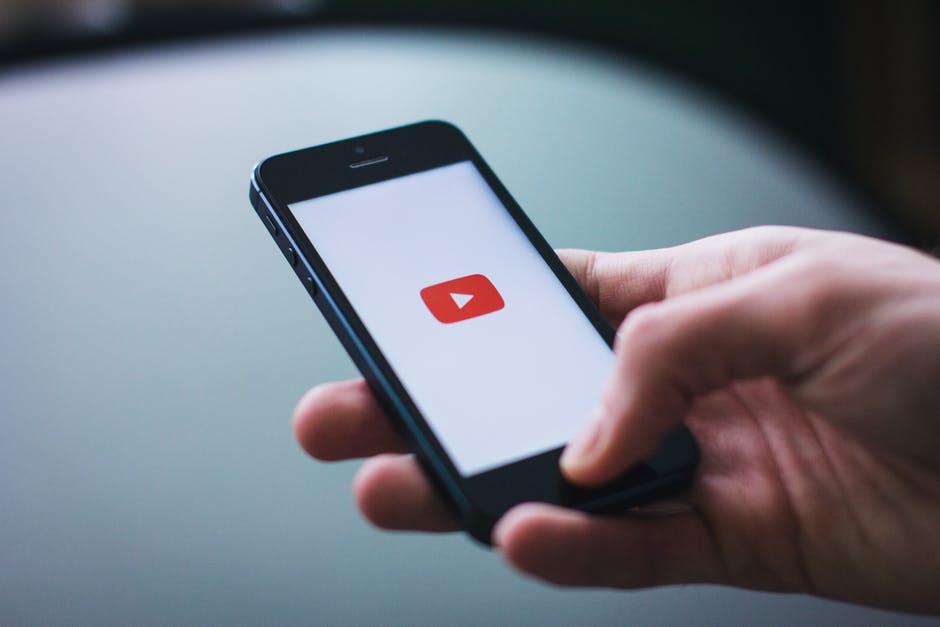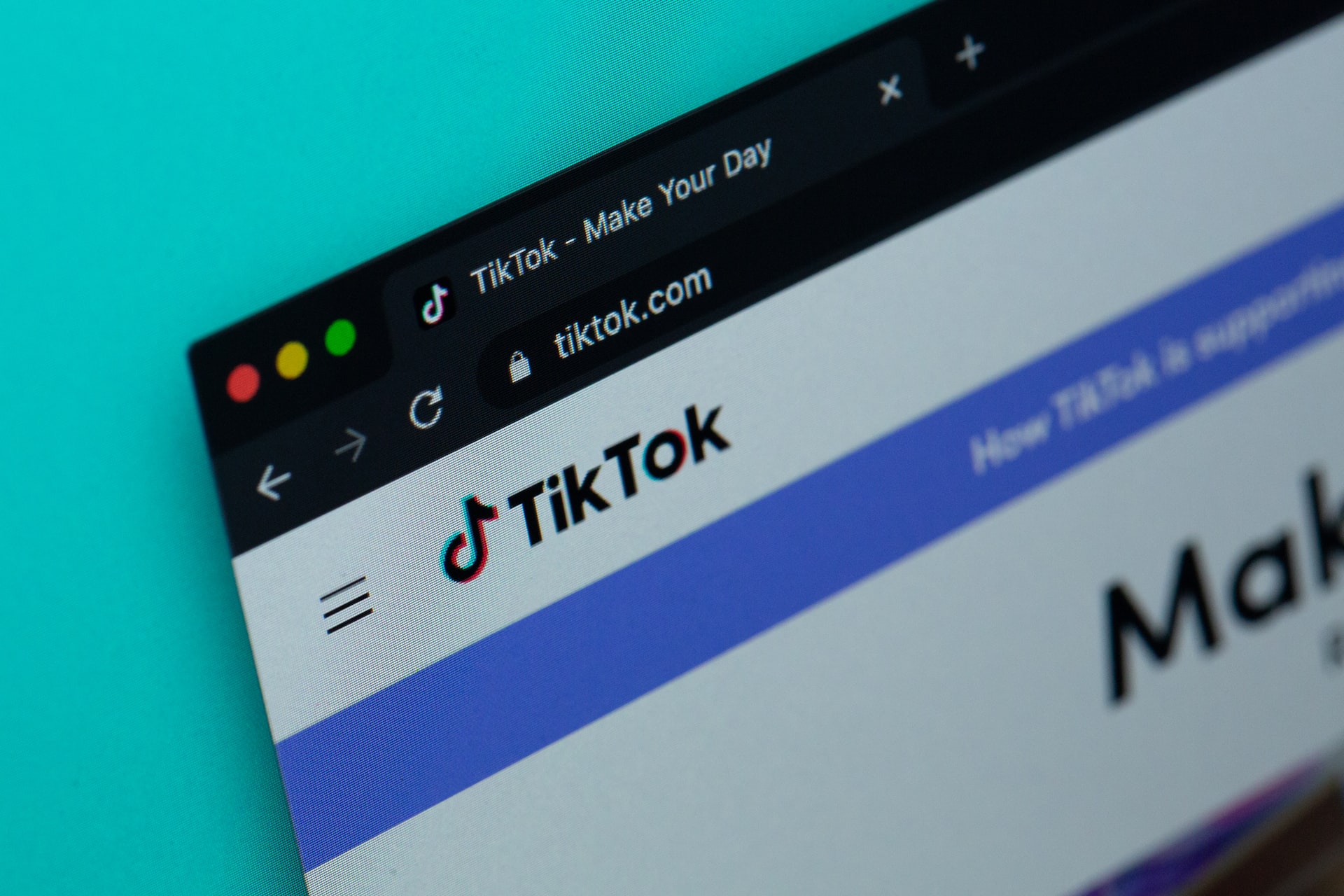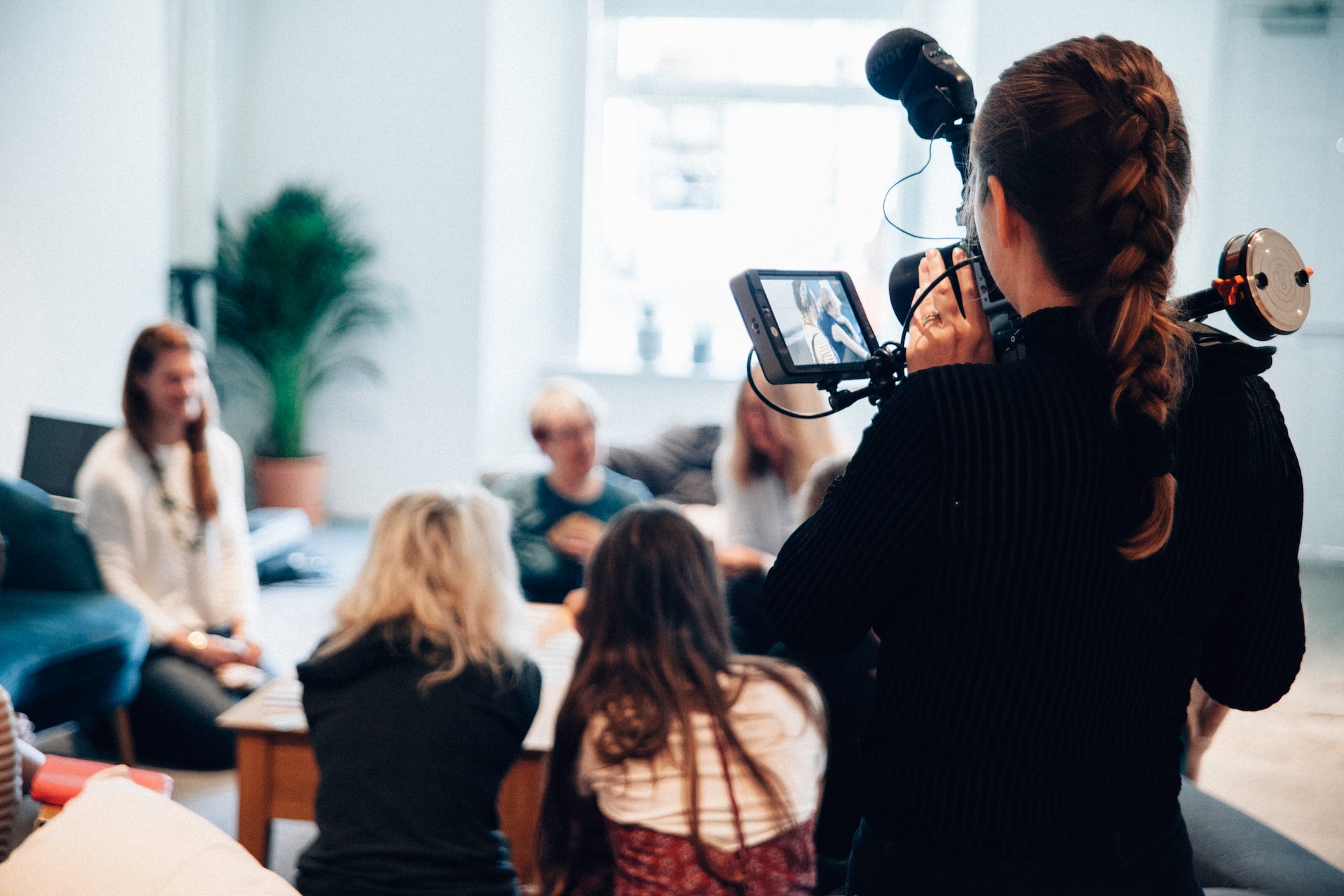I’m going to admit something apparently controversial for a member of the media: I’ve never really liked Twitter. Hardly the most courageous time to be making such a statement, I know, but better late than never I guess.
I’ll avoid the whole “Twitter was better before Musk” debate, because frankly I wasn’t a fan in the first place and am not the best positioned to comment on this front.
However, I have heard the arguments that Twitter is a great place for journalists to build loyal, moveable followings. That it’s a great way for media companies to engage with their audiences and promote new content. Or even that it’s a great place to receive the latest news updates.
Still, I’ve never liked it. Principally because of the platform’s horrendous signal to noise ratio. Hardly a fresh perspective, I know, but still relevant to this day.
It remains to be seen how the story of Musk’s takeover of the platform ends, though admittedly the narrative is looking rather bleak. But Twitter’s increasingly troubled relationship with the media is now driving speculation surrounding potential alternatives such as Mastodon or even LinkedIn.
Alternatives are needed, regardless of whether Twitter does crash and burn. But what’s happening at Twitter has me wondering about publishers’ growing love affair with another short-form social media network: TikTok.
A TikTok presence is increasingly seen as a nonnegotiable for publishers. This is hardly surprising after all, given that’s where audiences are.
Audience Chasing
Younger audiences have been migrating to TikTok for years, promoting the launch of both Instagram’s Reels and YouTube’s Shorts.
The fact that audiences are embracing short-form social networks has not been lost on publishers, with a Reuters Institute for the Study of Journalism survey finding that media groups are increasingly focusing their time and money on these platforms.
More than two-thirds of publishers said planned investment in digital video formats was up from what it was in 2022. At the same time, publishers said they would be reining in efforts on both Facebook and Twitter, while dramatically increasing their focus on TikTok.
This, despite growing regulatory scrutiny of the app in Europe and the US as well as long-standing data privacy concerns.
Content from our partners
Audience chasing is hardly a new phenomenon and, when TikTok’s time in the sun inevitably comes to an end, publishers will move onto the next digital phenomenon (insert predictions here at your peril). Relevancy is key within publishing. Knowing what, when and how your audience wants to consume content are all important.
However, I would advise publishers to exercise some caution when investing in any walled garden, especially one with as high a signal-to-noise ratio as TikTok.











